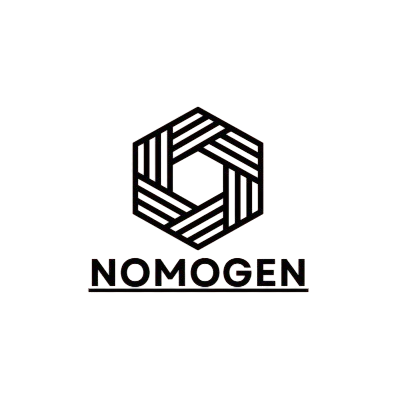Massage therapy is a widely sought-after practice known for its ability to reduce stress, relieve pain, and promote relaxation. Whether used as a form of rehabilitation, stress relief, or a simple way to unwind, the benefits of massage extend far beyond just physical relaxation. With a history dating back thousands of years, massage therapy has evolved into a popular and effective treatment for a variety of health concerns.
A Timeless Tradition with Modern Benefits
The history of massage can be traced to ancient civilizations, including those in China, Egypt, and Greece, where it was used for its healing properties. In traditional Chinese medicine, for example, massage was a key element in restoring balance and harmony within the body. Similarly, the Greeks recognized the importance of massage for athletic performance and muscle recovery, often incorporating it into their training regimens.
Today, massage therapy has become a mainstream practice, used not only for relaxation but also as a therapeutic treatment for various conditions. Modern research continues to support the efficacy of massage, with studies showing its positive effects on stress reduction, muscle tension, pain relief, and even mental health.
Common Types of Massage Techniques
Massage therapy encompasses a wide variety of techniques, each designed to address specific needs. Some of the most common types of massage include:
-
Swedish Massage: Known for its gentle and relaxing style, Swedish massage uses long, smooth strokes, kneading, and circular movements to promote relaxation and improve blood flow. This type of massage is ideal for those looking to reduce general tension or improve circulation.
-
Deep Tissue Massage: Unlike Swedish massage, deep tissue massage targets the deeper layers of muscle and connective tissue. It is particularly beneficial for individuals suffering from chronic pain, muscle tightness, or injury. The therapist uses firm pressure to address muscle knots and fascia, helping to alleviate discomfort and improve mobility.
-
Sports Massage: This massage style is 용인출장안마 designed for athletes and active individuals. It helps improve flexibility, reduce muscle soreness, and prevent injuries. By focusing on the muscles used during athletic activities, sports massage is an excellent option for enhancing performance and speeding up recovery.
-
Hot Stone Massage: In this relaxing treatment, smooth, heated stones are placed on specific areas of the body to warm and loosen tight muscles. The therapist may also use the stones to apply pressure, helping to relieve stress, improve circulation, and enhance relaxation.
-
Aromatherapy Massage: Incorporating the therapeutic benefits of essential oils, aromatherapy massage combines soothing touch with the healing power of scents. The use of oils such as lavender, eucalyptus, or peppermint can promote relaxation, reduce anxiety, and elevate mood.
Health Benefits of Massage Therapy
The therapeutic benefits of massage go beyond simple relaxation. Some of the most significant advantages include:
-
Stress Reduction: One of the most well-known benefits of massage is its ability to reduce stress. By lowering cortisol levels (the stress hormone) and increasing the production of endorphins (the body’s natural “feel-good” chemicals), massage promotes a sense of calm and relaxation.
-
Pain Relief: Massage is an effective treatment for various types of pain, including muscle soreness, chronic pain conditions, and post-injury recovery. By releasing muscle tension and improving circulation, massage helps reduce inflammation and promote healing.
-
Improved Circulation: Regular massage helps increase blood flow, delivering more oxygen and nutrients to tissues while removing waste products. This enhanced circulation can accelerate recovery and promote overall vitality.
-
Better Sleep: Many individuals find that massage improves their sleep quality. By reducing muscle tension and calming the nervous system, massage helps the body and mind unwind, making it easier to fall asleep and stay asleep.
-
Enhanced Flexibility and Range of Motion: By targeting tight muscles and fascia, massage helps improve flexibility and joint mobility. This is especially beneficial for individuals who suffer from stiffness or have limited movement due to injury or age-related conditions.
Conclusion
Massage therapy is a versatile and natural way to improve both physical and mental health. Whether used for pain relief, stress management, or relaxation, massage provides a wide range of therapeutic benefits. By incorporating massage into your regular wellness routine, you can experience improved circulation, reduced tension, enhanced flexibility, and an overall greater sense of well-being. With its many forms and techniques, massage therapy is an accessible and effective tool for maintaining health and promoting relaxation.
